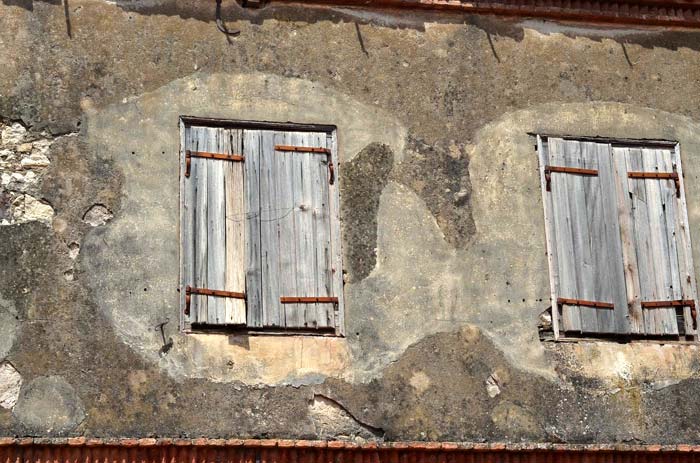No matter how beautiful a building is or how intricately it has been designed, it will age and fall prey to environmental effects sooner or later. This has a direct impact on the health and fitness of a building and needs immediate attention. The depth in which it needs to be dealt with depends on the severity of the issue. One solution may be crack stitching.

The most vulnerable areas of a building affected by aging and external conditions are the masonry walls. Cracks in masonry walls are absolutely one of the most common issues in all buildings. It is deeper and more severe in older buildings that have not undergone renovations for a long time.
Unfortunately, repairs are exhausting and financially draining. It is not always possible to use methods that take things from scratch and involve a lot of digging and drilling. This is where alternative methods can be helpful—fixing structural issues without creating a lot of havoc and stress. One of the most widely used methods to fix cracked masonry walls is the use of crack stitching.
What is Crack Stitching?
Imagine getting an unexpected tear in one of your garments. You fix it by stitching it back again. The same theory applies to crack stitching.
When masonry walls start showing up cracks it means that the stones are losing their grip. Often the cracks are minor in the initial phases. However, with the passage of time, they get deeper and require to undergo permanent structural repairs. Although there are many methods that provide a permanent solution to structural repairs but crack stitching is a preferred method for the hassle-free solution that it provides.
In layman’s language, crack stitching focuses on strengthening and stabilizing masonry walls by grouting stitching bars through the cracks in the walls.
How Does Crack Stitching Work?
The first step involves drilling slots into the walls. These slots are usually made in the bed joints. Next, stainless steel stitching bars are used to pass through these slots and are interlocked with a WHO60 grout, and are bonded to the wall with a chemical.
This results in masonry that are stitched together on both sides. The stitching bars used in the process are 6mm diameter high-tensile helical bars. They not only provide strength and support to the masonry but also improves flexibility and facilitate natural building movements.
When you choose to go forward with crack stitching, it is important that you first figure out if your cracks are live or inactive. A live crack would mean that you need to inspect the crack for an underlying problem that is triggering the cracks before you actually start stitching the cracks. These problems may include issues such as lintel failure, movements in grounds, or issues pertaining to lateral restraint.
You can seek assistance from a structural engineer to have your building inspected in case you feel there are certain underlying issues that need to be identified and addressed.



